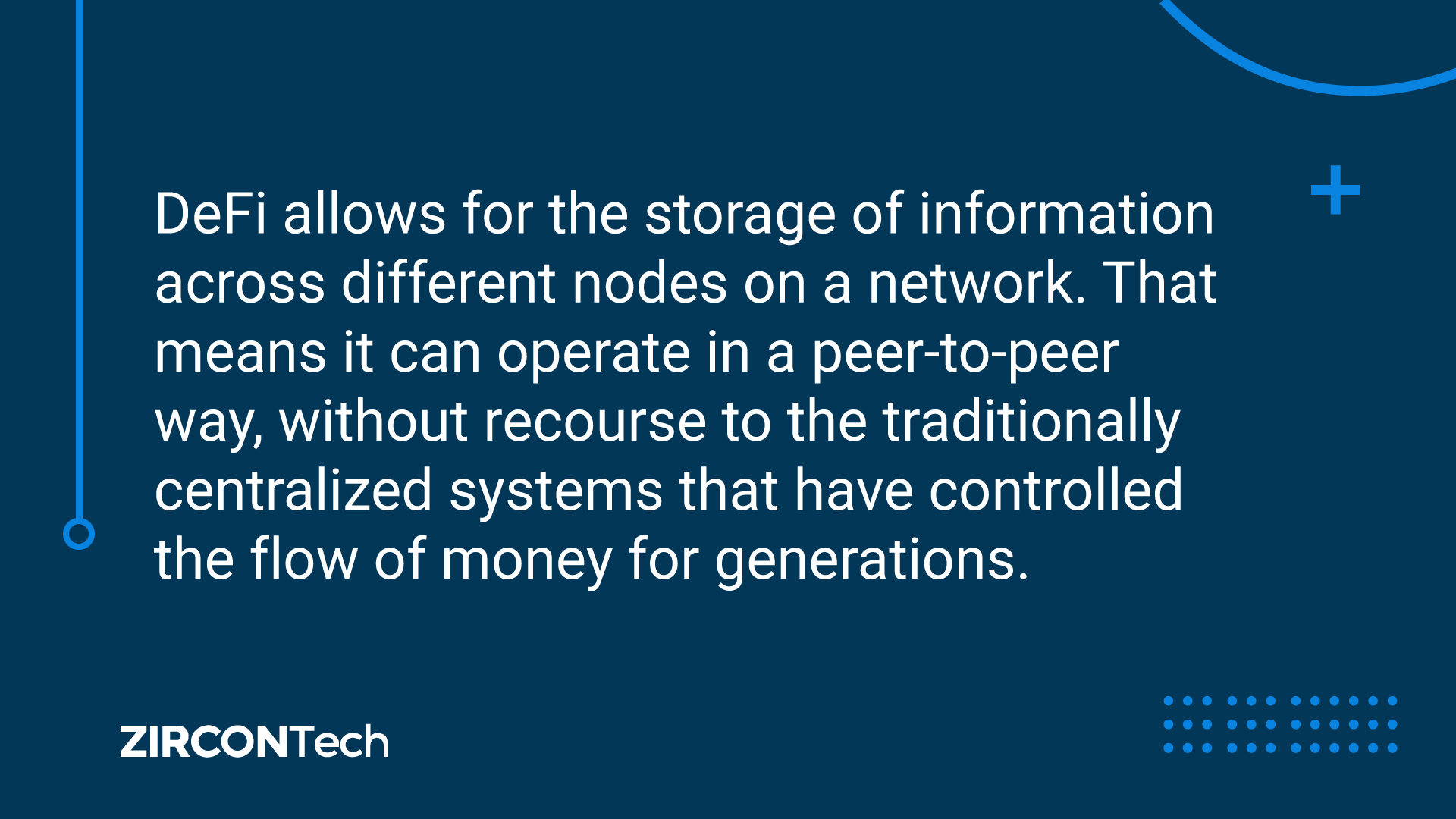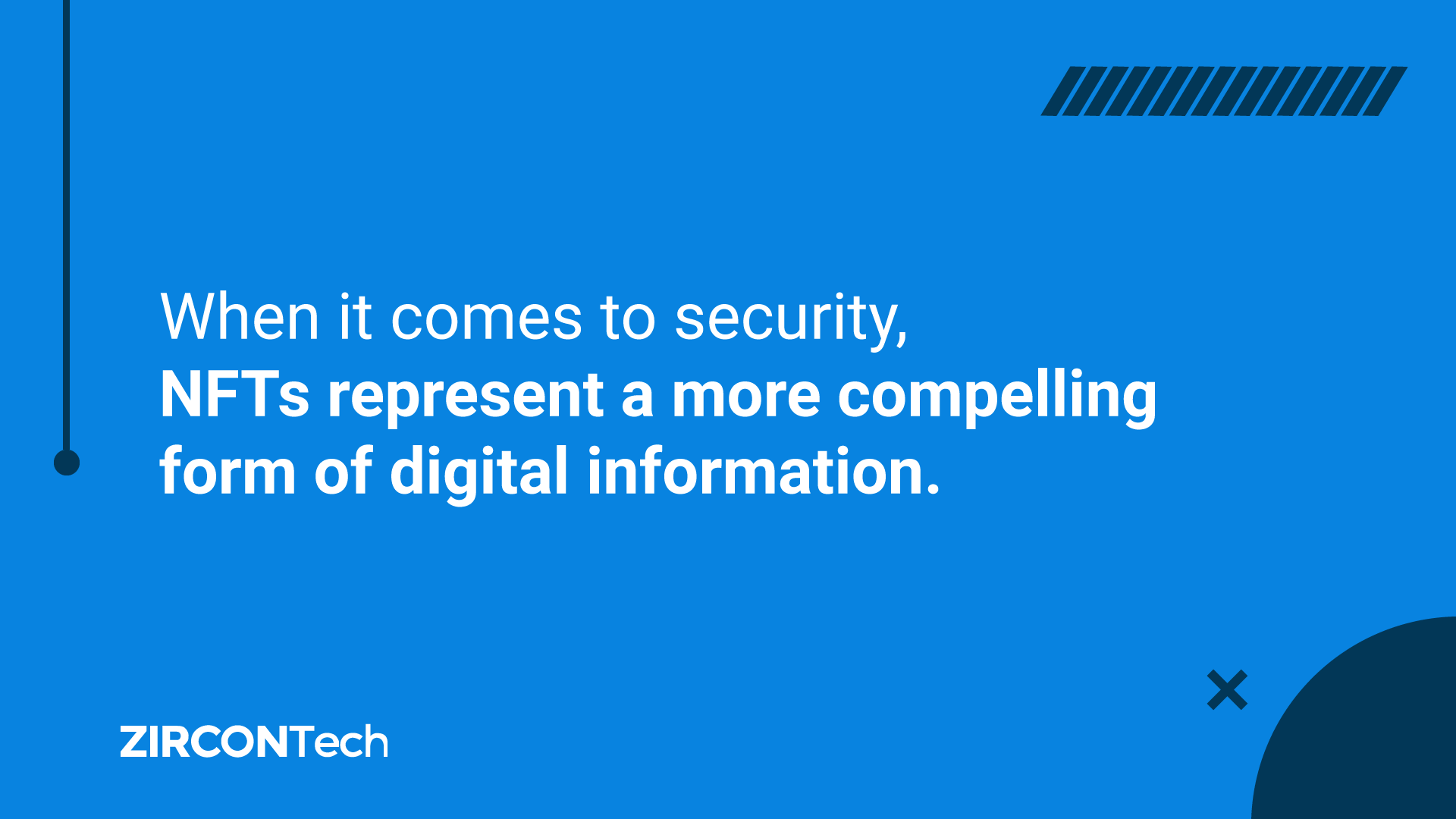What is NFT Defi?
When people talk about cryptocurrency and blockchain technology, the two sets of initials that are most commonly used are NFTs and DeFi.
NFTs are non-fungible tokens, while DeFi stands for decentralized finance. As the world continues to embrace the potential of these two exciting areas of innovation, the question arises: How is the concept of the NFT related to DeFi?
Let’s examine in detail these two trends and how they relate to the ever-evolving world of finance. What is the difference between DeFi and NFT? We should also look to the future and investigate how these two interesting areas can be brought together to change and enhance the way finance works, today and tomorrow.
What are NFTs and how do they relate to the finance sector?
As many people know by now, NFTs are unique digital properties whose value lies in the fact that they cannot be replicated. Each instance, whether it is a piece of digital artwork or an item of sporting memorabilia, is effectively a digital collectible. It is also, however, a blockchain technology with its own unique identifying code.
The marketplace in NFTs has expanded to a barely credible extent in recent years. NFT trading was worth $100million in 2020 – by the following year, that figure had soared to $22billion.
By the middle of 2022, the most expensive NFT in the world was The Merge, a collective artwork assembled by digital artist PAK. This sold for $91.8million – a figure, remember, that is almost as big as the entire marketplace just two years earlier.
But how can this extraordinary trend be applied to the world of finance? Let’s look at NFTs another way. You can see an NFT as a way of storing value. This reflects real-world commodities such as gold or even a coin. Each of these items is in effect a token that represents a particular value. And that value can change according to market conditions.
That means that NFTs have a lot more in common with traditional financial systems than many people might think. And that is why, instead of assuming there is a potential clash that can be characterized as DeFi vs NFT, the relationship between the two concepts can in fact be extremely close.
Ultimately, DeFi could prove to be the bridge between conventional financial models and a system of operation for the 21st century. There are already examples, as we will see, of financial properties and processes assimilating the potential of NFTs.
To understand how the NFT – DeFi combination might work to the benefit of people across the metaverse and in the real world too, let’s first get a clear definition of DeFi itself.
What is Decentralized Finance?
Essentially, decentralized finance is a financial system that uses public blockchains. It has developed and grown so fast in part because there are many people across the world – possibly as many as 1.7 billion – who have no access to financial services.
With DeFi, there is no need for the traditional infrastructure and authority that define and regulate financial systems around the globe.
DeFi allows for the storage of information across different nodes on a network. That means it can operate in a peer-to-peer way, without recourse to the traditionally centralized systems that have controlled the flow of money for generations.
One example of the way this can help people across the globe is through the transfer of money between different countries and continents. Traditionally, this has been a laborious process; it has also been expensive, as old-school banks take a fee for the currency exchange and transfer elements of the transaction.
DeFi paves the way for an era of decentralized financial operations using tools such as cryptocurrencies and smart contracts. And, because DeFi uses a public blockchain, it renders transactions made within it transparent, frictionless and permissionless.
Many of the advantages of DeFi use terminology that is familiar to people who have embraced the concept of NFTs. As a result, people around the world are waking up to the potential of systems that see NFT related to DeFi.
Rather than being two competing systems with little in common, it is possible to see how NFTs and DeFi can be used together to the benefit of, potentially, millions of people.
How is NFT related to DeFi?
The simplest way of defining the difference between NFTs and DeFi is that NFTs represent a method of storing value, while DeFi is effectively an infrastructure designed to unlock value.
One excellent example of the relationship between NFTs and DeFi is in play-to-earn games. You can now find numerous DeFi games on the internet. These games are created on the play-to-earn model, and NFTs are used to represent in-game items.
You can see how this relationship can be highly relevant in the context of finance. Any item that could benefit from having its ownership transferred more easily, with better verification protocols, could ultimately be represented by NFTs.
This clearly has a strong application when it comes to financial matters. Indeed there are some who believe that NFTs are on the verge of revolutionizing global commerce and trading finance. A broad range of assets could be tokenized, which would connect the real-world financial markets to DeFi.
It is feasible that trade finance instruments, including fixed-income products and investment notes, can move securely along the blockchain. They would do so in a transparent way that facilitates seamless settlement. With a smart contract in place, there is less need for intermediaries and a stronger degree of integrity around the deliverables involved.
When it comes to security, NFTs represent a more compelling form of digital information. You cannot alter, copy or access the data encoded into an NFT if you do not have the appropriate cryptographic keys. This is good news for people and organizations operating in business and trade, where there is a wealth of sensitive data involved.
Potential for mutually beneficial NFT DeFi relationships in trade finance
If your organization is involved in trade finance, there are many ways in which NFT related to DeFi can significantly upgrade your processes that involve the handling of sensitive data.
You could use NFTs to create a blockchain receipt that stays with a product all the way from the raw-material stage at the start of the process until the moment it reaches the shelf in a retail outlet. At every point in the supply chain, each interaction is recorded securely with a minimum of human involvement.
Trade finance is a sector with significant amounts of complex regulation. Supply chains have many moving parts, and trust is a key element in the process. NFTs can bolster that trust, and massively reduce the potential for document fraud, by tokenizing the assets and their associated documents into a single digital token.
In the same industry, NFTs could be used by startups to create digital representations of their commodities and to explore new ways to raise capital. Every step from debt management to the provenance of goods can be streamlined and verified using NFTs.
As a result, NFTs are becoming popular in the DeFi world. Ethereum has now introduced ERC-20 tokens, which offer a representation of digital assets. NFTs can serve as proof of ownership rights for digital art, and as a result Ethereum has become a leading choice for creators who want to share their work and interact with collectors. This suggests NFTs can deliver notable value in DeFi.
Examples of collaboration between NFTs and DeFi
As previously mentioned, there are many voices around the metaverse who are claiming that financial NFTs are on course to become the largest single use of NFT technology.
You can see NFT related to DeFi in several existing examples of the use of financial NFTs. They include:
- Uniswap v3 began to issue liquidity provision tokens (these are claims on tokens supplied by market makers) as NFTs – this represents $1.3billion in value represented as NFT assets from a single protocol.
- Yearn.finance insurance contracts, underwritten by Nexus Mutual, are being sold as NFTs on Rarible.
- Investment contracts are being programmed into NFTs by Solv Protocol to improve the transparency and transfer of project tokens.
- Combinations of tokens are being combined into “basket” NFTs by UFiT DAO.
- Existing NFTs are being combined with interest-bearing ERC-20 tokens by Charged Particles.
Wider use cases of NFTs in Decentralized Finance
There are several scenarios that demonstrate the potential of NFT-DeFi collaboration, and explain the excitement of what could happen with NFT related to DeFi in a more unified sense as we move through the coming months and years.
- Loan collateralization: This can be a lengthy process when a traditional bank decides the collateralization amount, but with DeFi the lenders decide. NFTs make the process smoother because the borrower can present a token to mitigate the lender’s risk. The lender can in turn examine the current value of the NFT to make their decision. The TVL (total value locked) reached $49billion in 2021.
- Fractional ownership: Some NFTs, as we all know, are incredibly expensive. It may be unrealistic to expect a single buyer to invest. However, with fractional ownership, the sale price can be split between a number of buyers. This is already possible at the Fractional platform.
- Insurance: Both crypto assets and traditional insurance products are set to be changed by the NFT-DeFi combination. Insurance policies, for instance, can be tokenized and then transferred, bought or sold. Once locked in and verified, the documents do not need to be renewed and re-examined. CoverCompared is an example of a project that combines NFTs and DeFi for efficient insurance management – which could ultimately lead to lower premiums and transaction costs.
- Debt management: This is an area where NFT-DeFi together can make a serious difference to processes and systems. Debt management is a labor-intensive area that often requires big, dedicated teams for larger organizations. By using smart contracts for recurrent functions such as approvals cuts down on time spent and the amount of human input needed. All data is held on the public blockchain and can be checked at any time by people with the right level of clearance.
Ultimately, it could not be clearer that NFTs are making steady inroads in the world of decentralized finance. There are mutually beneficial relationships between the two to be built that will have hugely positive ramifications for the organizations and financial sectors that embrace the potential of NFT-DeFi collaboration in future.
The fact that NFTs and DeFi serve different functions and purposes underscores the reality that these are not rival applications in the metaverse. Indeed, they have a considerable potential to be at the forefront of crypto and blockchain innovation in the near future.
More work needs to be done to set up the systems that will ensure the assets thus created maintain their veracity at every step. Similarly, there will need to be a greater level of integration of DeFi into existing financial companies and regulatory structures, and a heightened awareness of the potential across many industries.
The more people that recognize the potential of NFTs and DeFi to change the face of finance for the better, the more smooth the process of the adoption of future applications and innovations will be.
Conclusion: How ZirconTech can help you embrace NFTs and DeFi
ZirconTech is a software development outsourcing partner with extensive experience in all aspects of digital innovation. We pride ourselves on our reputation as a company that combines a huge range of expertise with a thirst for knowledge that keeps us – and the clients we serve – right at the cutting edge of technology.
When you want to work with a nearshoring partner that can help you to make your company aspirations reality in the field of NFTs and DeFi, or any other aspect of blockchain technology, it is time to get in touch with ZirconTech.



